 Land degradation is affecting farmers around the world; in desert climates, already arid land is becoming barren, affecting crops and farmers’ livelihoods and survival. A micro-catchment system invented in the ’80s to restore these degraded drylands has been successful in improving the agricultural yields in these areas. It continues to be adapted for new climates to combat similar regions.
Land degradation is affecting farmers around the world; in desert climates, already arid land is becoming barren, affecting crops and farmers’ livelihoods and survival. A micro-catchment system invented in the ’80s to restore these degraded drylands has been successful in improving the agricultural yields in these areas. It continues to be adapted for new climates to combat similar regions.
The ZAI Plant Pit system
This system, called the ZAI Plant Pit system, was developed in the ’80s by Burkinabe farmer and agronomist Yacouba Sawadogo. The Zai method was originally used in Mali. However, it was adopted and improved in the northern regions of Burkina Faso. It was used to restore the degraded drylands that were closer to the Sahara Desert. Other countries in Western Africa that also suffer from frequent drought or soil fertility issues have adopted this method to improve their agricultural yields with success.
The system consists of dug holes in the land that are then filled with organic compost during the dry season before planting seeds. The compost attracts termites that burrow into the soil, breaking it up and creating crevices that can hold water. The dimensions of these holes vary according to the type of soil and determine how much water they harvest. The ZAI method is successful in producing crop yields in areas where soils have been so degraded that water can no longer infiltrate deeper into the soil and the topsoil has been washed or blown away.
How It Works
Barren land provides multiple challenges when trying to restore soil fertility. Surface crusts must be broken up to plant seeds, but excessive disturbance can lead to moisture loss. Zai pits break the crust just enough for seeds to germinate without losing additional moisture. During the wet season, when rains are sporadic but intense, water must be used efficiently. Zai pits direct all available water into the soil and toward the plants. The displaced soil forms mounds beside the pits, channeling water down into the surrounding pits.
This method captures surface runoff, concentrates water at the plant roots and improves soil infiltration. Additionally, materials like manure, fertilizers and compost are concentrated at the plant roots, ensuring efficient nutrient absorption. The technique is simple and can be implemented with minimal resources. Zai pits restore organic content and productivity to the soil, making them an effective response to long-term agricultural challenges like climate emergencies. As rainfall becomes more erratic and droughts more frequent and prolonged, methods like the Zai technique are increasingly essential.
By concentrating resources like water for crops and preventing desertification—a process where fertile land turns into desert, often due to drought or deforestation—the Zai method enhances soil productivity and organic content. This technique not only revitalizes the land but also supports the livelihoods of the people who depend on it.
Impact
In the desert lands of West Africa, the Zai method has been highly successful in boosting crop yields. It has shown excellent results in reclaiming abandoned land for agriculture in Burkina Faso and Mali. Due to its success, the Zai method is being adapted for crop cultivation and forest regeneration efforts in Central and East Africa and is gaining global recognition.
Final Note
While the Zai farming system is simple and offers many benefits, its success is geographically limited. Not all areas with low rainfall have the “composting termites” essential for optimal productivity with this method. Although Zai pits can still be used in regions without these termites, water infiltration and crop yields may be lower. Additionally, digging the pits is labor-intensive and can only be done during the dry season, which restricts the timeframe for this work. Proper training is also crucial, as the size and placement of the pits are key to the system’s effectiveness.
– Hodges Day
Hodges is based in San Francisco, CA, USA and focuses on Global Health for The Borgen Project.
Photo: Pexels

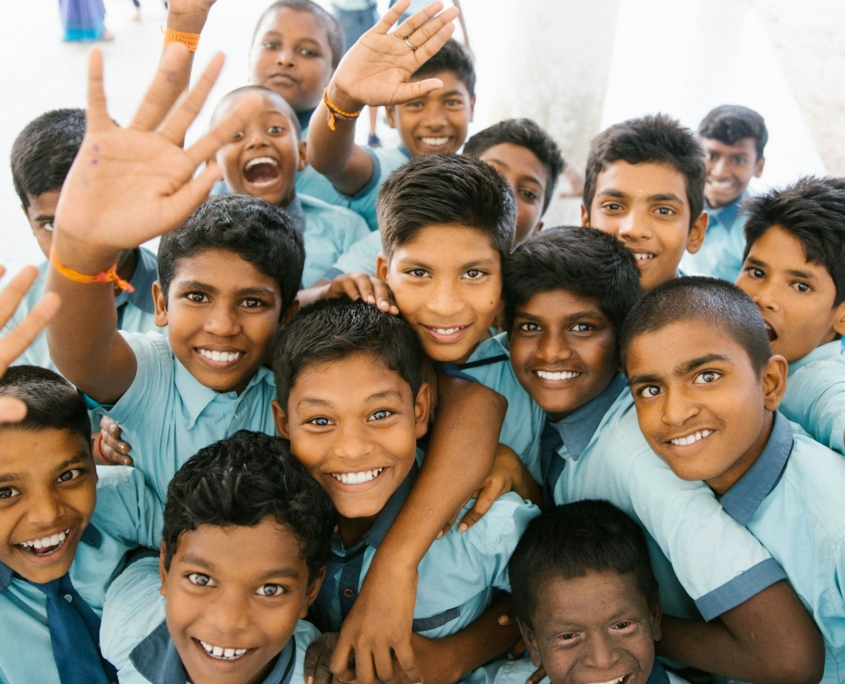 India’s literacy rate has seen significant
India’s literacy rate has seen significant  In
In 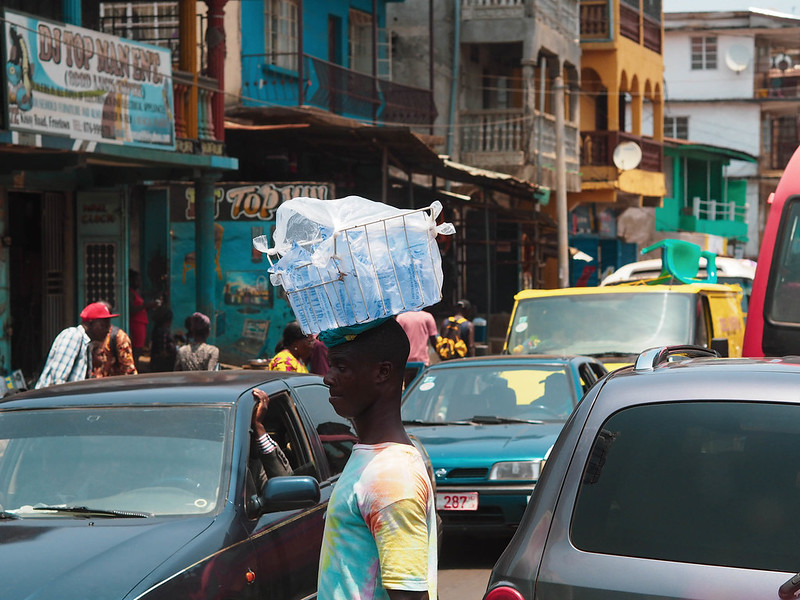 Currently, more than 2 billion people worldwide lack access to safely managed drinking water. Furthermore,
Currently, more than 2 billion people worldwide lack access to safely managed drinking water. Furthermore, 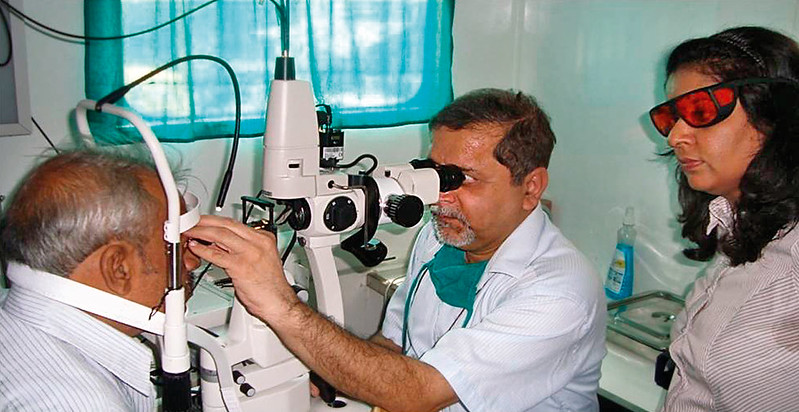

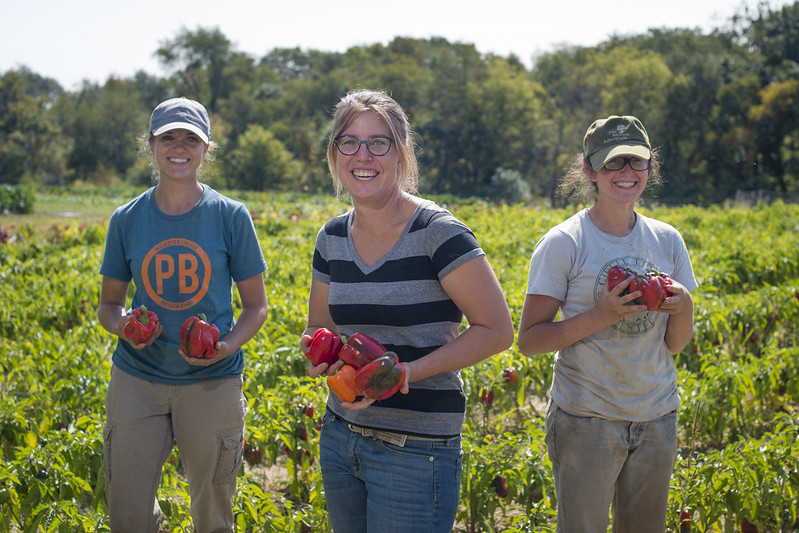
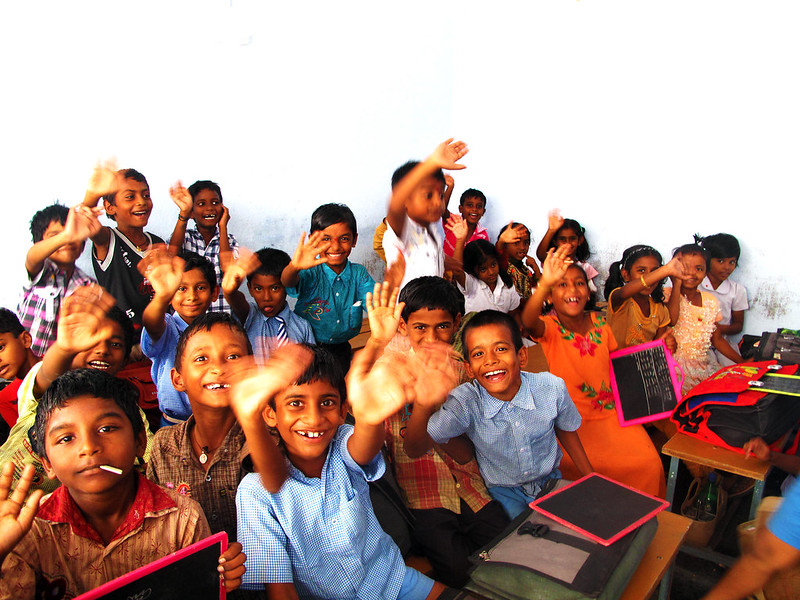
 Zimbabwe, situated in southern Africa, grapples with serious
Zimbabwe, situated in southern Africa, grapples with serious 